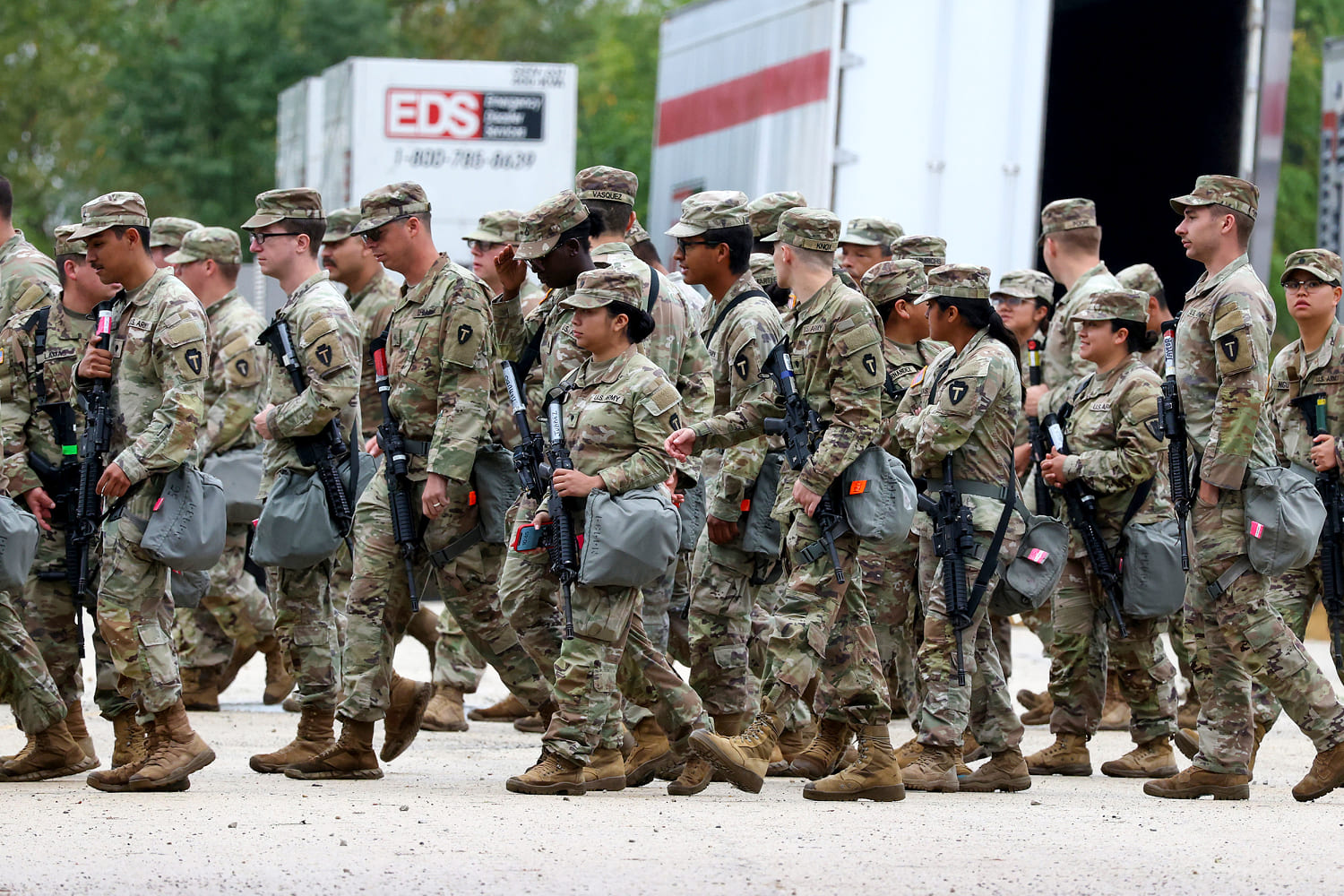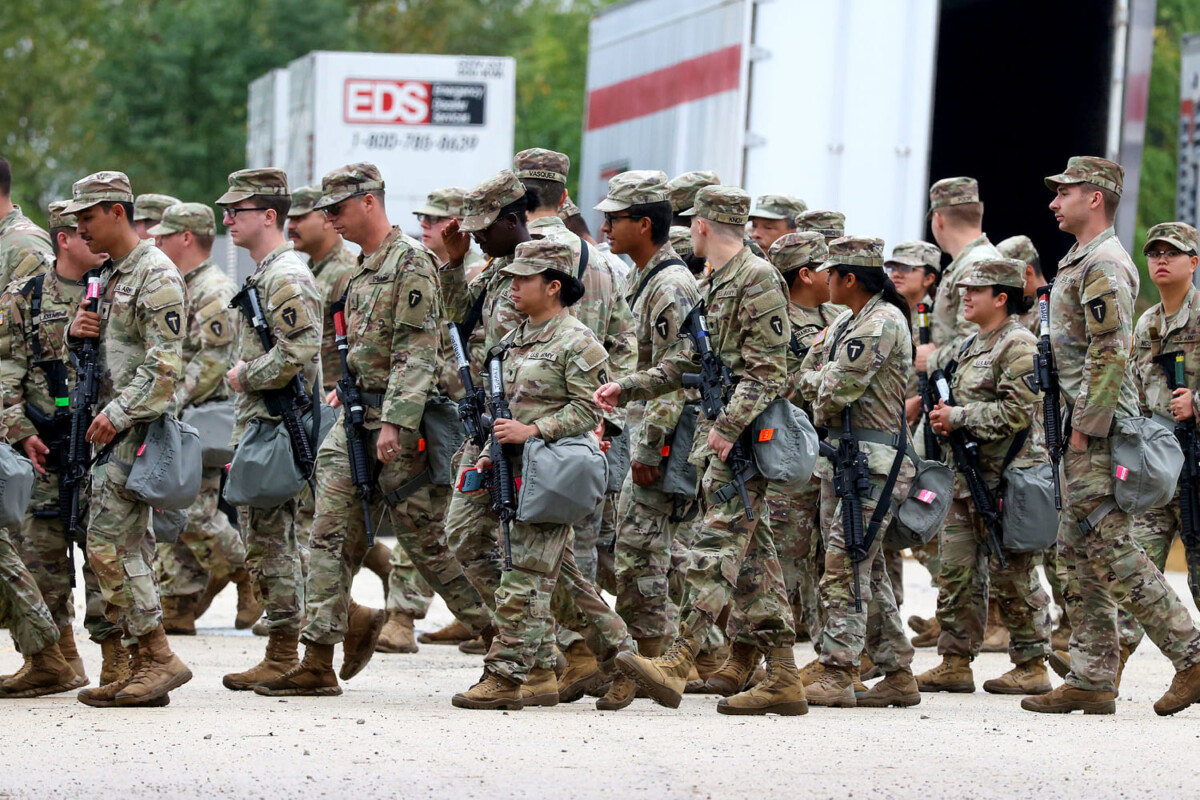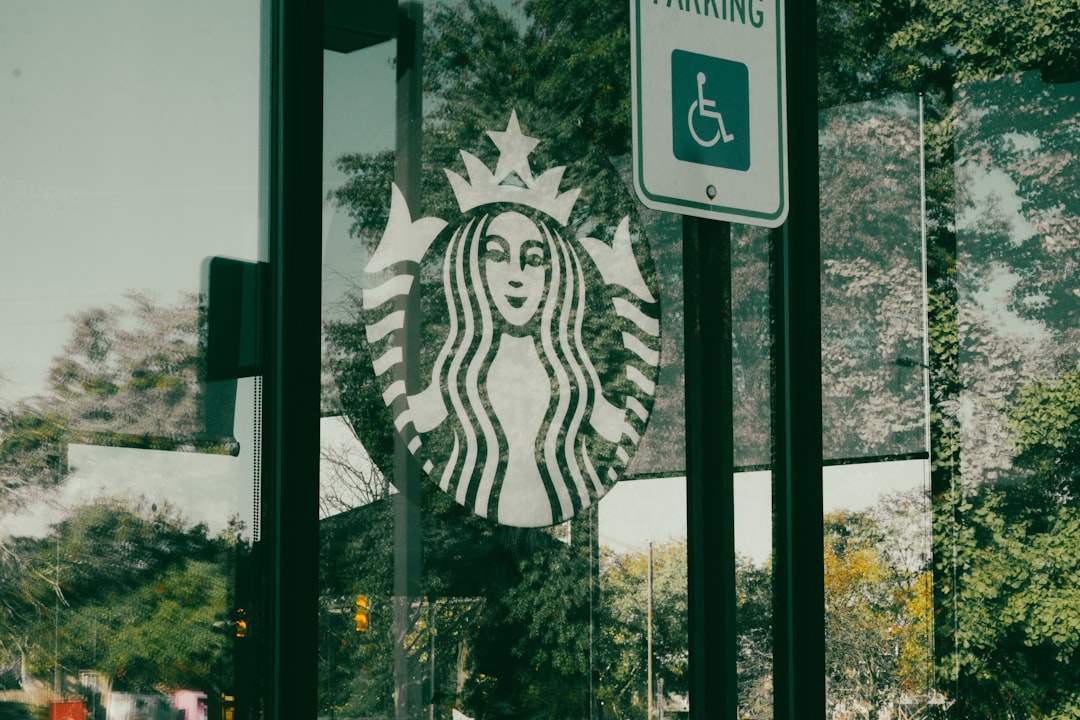
The Sudden Show of Force (image credits: media-cldnry.s-nbcnews.com)
Chicago area – with the wind off Lake Michigan carrying a hint of tension, convoys of military vehicles have begun positioning themselves just beyond the city limits, marking a bold federal move that’s stirring up serious debate.
The Sudden Show of Force
Picture this: over the weekend, 500 National Guard troops from Texas and Illinois quietly made their way to an Army Reserve station about an hour southwest of downtown Chicago. It’s not every day you see such a deployment in a major American city, and it’s already got everyone talking. These aren’t just any soldiers; they’re part of a larger operation tied to federal enforcement efforts.
The arrival feels like a scene from a tense political thriller, but it’s real life unfolding right now. Local officials were caught off guard, and the timing couldn’t be more charged with the ongoing clashes between state and federal priorities.
Governor Pritzker’s Fierce Pushback
Illinois Governor JB Pritzker isn’t mincing words – he’s called this a “military-style invasion” and accused the federal government of using troops as political props. He’s made it clear that his administration won’t stand idly by while out-of-state forces encroach on local turf. Pritzker’s resistance stems from a deep concern over state sovereignty and the potential for escalating conflicts on the ground.
In a series of sharp statements, he’s rallied support from city leaders and vowed to exhaust every legal avenue to halt the deployment. It’s a classic David versus Goliath setup, with the governor positioning Illinois as a defender of democratic norms against what he sees as overreach.
Trump’s Role in the Escalation
At the center of this storm is President Donald Trump, who’s been vocal about ramping up enforcement in cities like Chicago. He’s gone as far as suggesting that Pritzker and Chicago Mayor Brandon Johnson should face jail time for not protecting federal officers. Trump’s threats even hint at invoking the Insurrection Act, a rarely used power that could dramatically shift the balance.
This isn’t just rhetoric; it’s backed by actions, including visits from top administration officials to oversee the operation. The president’s posts on social media have amplified the divide, framing the deployment as essential for public safety amid what he calls failures at the local level.
Courts Step Into the Fray
The legal fireworks started almost immediately, with Chicago and Illinois filing lawsuits to block the troops from entering the city proper. A federal judge’s recent ruling in a similar Portland case has given the green light for now, but appeals are flying fast. These court battles highlight a bigger question: how far can the federal government go in overriding state objections?
Experts are watching closely, noting that outcomes here could set precedents for future federal interventions in blue states. For residents, it’s a waiting game as judges weigh national security against local control.
Impact on Everyday Chicagoans
For folks in Chicago, this deployment means heightened security checkpoints and a palpable sense of unease in neighborhoods already dealing with urban challenges. Community leaders worry it could inflame tensions rather than resolve them, especially if the focus is on immigration raids. Schools and businesses near the reserve station are bracing for disruptions.
Yet some voices argue it might bring order to chaotic situations. The mix of fear and guarded optimism is playing out in local forums, where people are sharing stories of past federal actions and what they might mean now.
A Timeline of Key Events
To make sense of the rapid developments, here’s a quick rundown of how things unfolded:
- Early October: Trump administration announces plans for National Guard support in enforcement operations.
- October 6: Illinois and Chicago sue to stop the deployment, citing overreach.
- October 7: Texas troops cross into Illinois, heading for the Chicago suburbs.
- October 8: Full contingent of 500 arrives at the Army Reserve station; Pritzker condemns the move publicly.
- Ongoing: Legal challenges continue, with potential for broader federal escalation.
This sequence shows just how quickly a policy decision can turn into a full-blown standoff.
Looking Ahead: Federal vs. State Power
As troops settle in, the bigger picture emerges – a test of America’s federalist system in an era of deep polarization. If this deployment sticks, it could embolden similar moves in other cities, reshaping how enforcement happens nationwide. On the flip side, a successful block by Pritzker might inspire more states to challenge Washington.
One thing’s clear: this isn’t isolated to Chicago. It’s a microcosm of the fractures running through the country, where local values clash with national directives.
Key Takeaways
- The deployment involves 500 troops from Texas and Illinois, focused on federal enforcement near Chicago.
- Governor Pritzker’s resistance includes lawsuits and public calls to protect state authority.
- Trump’s involvement raises questions about the limits of presidential power in domestic operations.
In the end, this Chicago deployment underscores a fragile balance in U.S. governance – one wrong move, and tensions could boil over into something much larger. What do you make of this federal-state showdown? Share your thoughts in the comments below.







